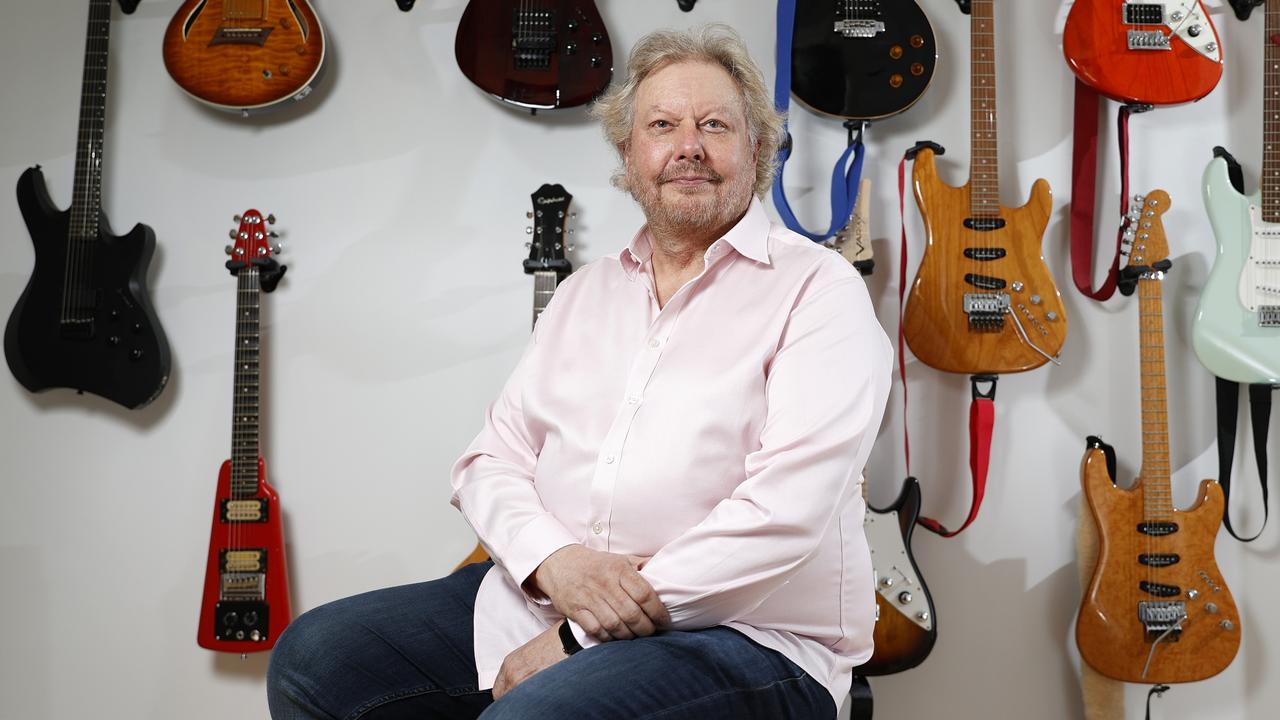How much for that tequila shot? The price is always changing
DOWN a shot of tequila at this bar and the second round may cost you more. Or less. It all depends. Here’s why it’s the way of the future.
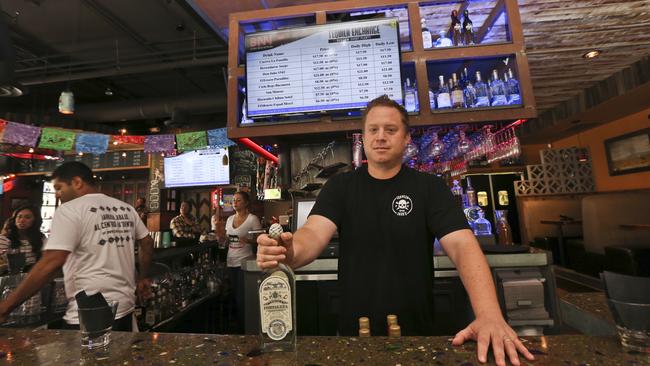
Business Technology
Don't miss out on the headlines from Business Technology. Followed categories will be added to My News.
DOWN a shot of tequila at The Blind Burro and the second round may cost you more. Or less. It all depends on what everyone else is drinking.
Tequila prices at the San Diego bar and restaurant can change every five minutes based on demand. If more people order one tequila brand, the price of another might drop.
Software, created by Los Angeles-based The Drink Exchange, tracks what drinkers buy and flashes the changing prices of more than two dozen tequila brands on TV screens hung on the bar’s walls. On a recent night, a shot of Espolon Blanco tequila was $US7.75 one minute and fell 50 cents to $US7.25 a few minutes later. At the same time, another brand rose a dollar to $US12 a shot.
The quick change in prices is known as dynamic pricing. It’s a strategy airlines have used for years, charging more for flights on summer weekends or ahead of Thanksgiving and other busy holidays. Cab hailing app Uber does it, too, raising fares when more people need a ride.
Now other industries are doing it, including zoos, sports teams and producers of live shows, and even more will likely join them thanks to software that can crunch data and tell businesses when prices should go up or down. The software companies say they have seen rising demand for their services.
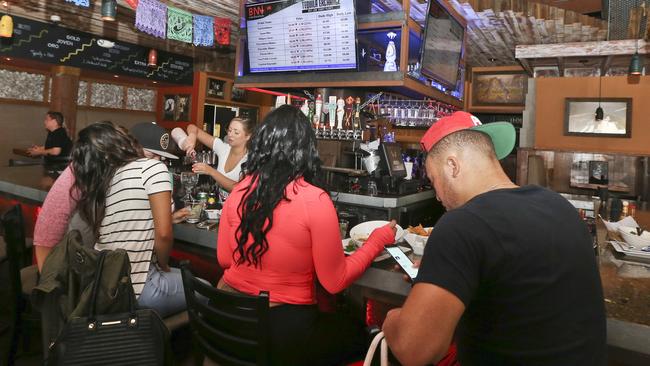
The Drink Exchange, for example, is in more than 20 restaurants or bars. “In the old days, dynamic pricing was thought of as a pricing technique used in fixed capacity industries such as airlines,” says Rafi Mohammed, a pricing strategist.
“But the new thinking is dynamic pricing can be used in any industry where demand or supply fluctuates.”
That means you’ll likely pay more to visit a zoo, catch a ball game or watch a Broadway show on a Saturday, when everyone else wants to go. But it can also mean paying less if you go on a weekday. Businesses that use dynamic pricing say they make more money from those paying top dollar. The Blind Burro, for example, says that tequilas featured on its TV screens sell better than those not listed on screens.
Besides more money, businesses say dynamic pricing has other benefits, such as controlling crowds.
The Indianapolis Zoo switched to dynamic pricing before opening its popular orang-utan exhibit two years ago. Tickets used to cost about $US17. Now they change daily online and can cost anywhere from $US8 to $US30. The zoo uses software from Indianapolis-based Digonex, which looks at several factors to determine ticket price. As more people buy tickets online for a certain day, the price ticks up. If poor weather is in the forecast, the price may not rise any further. Saturdays and Sundays tend to be the most expensive.
As a result, more visitors are coming to the zoo on weekdays instead of weekends, says Indianapolis Zoo CEO Michael Crowther. The zoo tells visitors to buy tickets online for the best deal. Those that show up without a ticket will have to pay a price set at midnight every day, which can be more than they would have paid online. Last year was the best year for the zoo financially, Crowther says. He declined to give numbers.
“We exceeded our expectations,” he says.
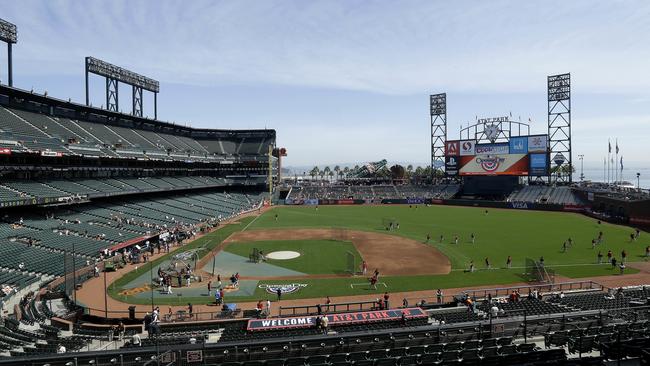
Icon Concerts, a live show promoter, says sales of a comedian’s shows are up 10 per cent since the company began testing dynamic pricing a year ago. Tickets cost $US1 or $US2 more on Saturday nights than Friday, says Icon Concerts President Paul Meloche. That might not sound like much, but at a 10,000-seat arena, that means as much as $US20,000 for the comedian’s pockets or to help pay for production costs.
Some big theme parks have switched to demand-based pricing this year.
At Universal Studios Hollywood, which is owned by cable and media company Comcast Corp., one-day tickets cost between $US90 and $US115 if they’re bought online. They’ll set you back $US115 if you buy them at the gate.
The Walt Disney Co. has three different prices for one-day passes to its Florida and California theme parks based on how crowded the company expects the parks to be that day. Holidays and weekends tend to be the priciest. At Disneyland in Anaheim, California, tickets cost $US95, $US105 or $US119.
Expect more businesses to do the same, says Mohammed, the pricing strategist and author of The 1% Windfall: How Successful Companies Use Price to Profit and Grow. “If Disney, a very conservative, brand-conscious company,” is pricing this way, he says, “then any company can do it, too.”
That sounds like bad news for consumers. But they can benefit from less crowded theme parks, making the day more enjoyable, even if they have to pay more, says Mohammed. And there’s still a chance to get a deal, if you go on the right day.
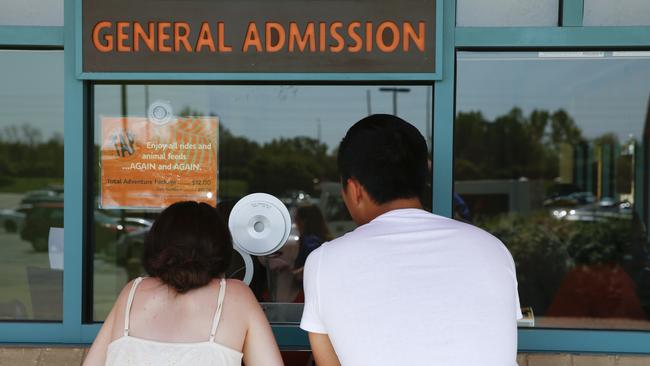
“I think it’s good for the consumer because it provides choices,” he says.
Several sports teams, including the New York Mets and the San Francisco Giants, use dynamic pricing software to raise or lower prices depending on weather, game opponents and many other factors.
In New York, hit Broadway shows started using dynamic pricing about five years, says Ken Davenport, the theatre producer behind “Kinky Boots,” “Spring Awakening” and other shows.
Broadway fans can usually get a deal in January, February and September, says Davenport, who also writes about the industry on his blog TheProducersPerspective.com. Tickets are pricier in December and the summer months when more tourists make their way to New York.
Dynamic pricing helps deter scalpers, who buy several seats to resell for higher prices, he says.
“We weren’t benefiting from that extra money,” Davenport says. Back at The Blind Burro, falling tequila prices didn’t tempt Lindsey Dekuiper. The stay-at-home mom visiting from Chicago stuck with one drink.
Still, she couldn’t keep her eyes off the changing prices.
“I should be paying more attention to my husband but I’ve been watching the screen,” she says, looking at her husband and laughing: “Sorry.”
AP Video Journalist Julie Watson in San Diego contributed to this report
Originally published as How much for that tequila shot? The price is always changing

